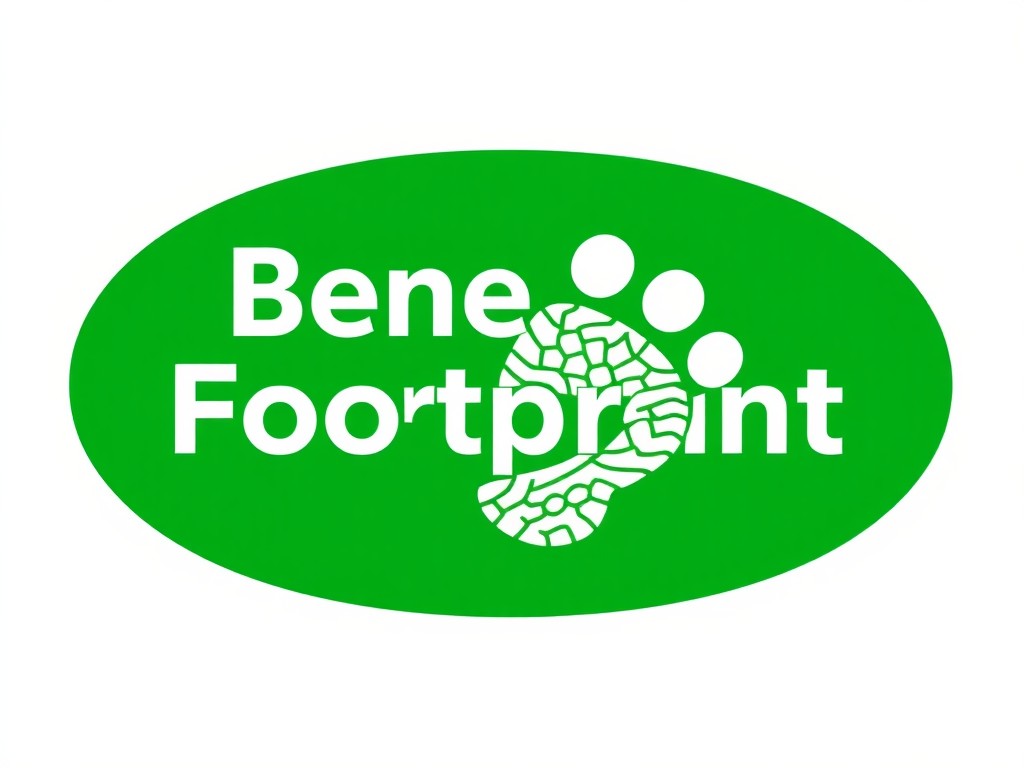Understanding Compliance in Online Learning
Compliance in online learning is essential for educational institutions, particularly in the UK, where strict adherence to regulations is required. Online learning providers must understand key compliance regulations such as data protection laws (e.g., GDPR), which mandate the secure handling of personal information and maintaining user trust.
Adhering to legal frameworks is crucial for ensuring that online learning platforms operate within legal boundaries and protect both the institution and its learners. These frameworks require institutions to implement robust measures for data protection, accessibility, and content validity.
Also read : Mastering UK Coworking Spaces: A Comprehensive Fire Safety Compliance Guide
The consequences of non-compliance can be severe, ranging from financial penalties to damage to an institution’s reputation. Institutions might face legal actions, resulting in costly fines, and could risk losing accreditation or funding if compliance is not maintained. To mitigate these risks, it is essential to embed compliance considerations into every aspect of the online learning experience.
Educational institutions can benefit from using compliance tools and resources that simplify the process of understanding and implementing necessary regulations. By aligning their practices with established legal standards, online learning providers not only safeguard their operations but also enhance their credibility and trustworthiness with learners. It ensures a structured, safe, and effective learning environment for all involved.
Also to see : Kickstarting Your VR Gaming Venture in the UK: Navigating Age-Appropriate Content Regulations Successfully
Framework for Building a UK Online Learning Hub
Crafting a compliant online learning hub requires careful selection of components tailored to meet stringent UK regulations. Understanding key aspects is essential for educational institutions aiming for a lawful and efficient setup.
Components of a Compliant Learning Hub
A robust framework includes components like user-friendly interfaces and robust security measures. Institutions need to ensure that learning hubs are equipped with features that meet compliance standards, such as data encryption and access controls. These features are vital for safeguarding user privacy and institutional data.
Selecting the Right Learning Management System (LMS)
Choosing an appropriate LMS is pivotal. It should incorporate built-in compliance features to facilitate adherence to standards. Security protocols like user authentication and data protection mechanisms should be seamlessly integrated. The right LMS not only streamlines administration but also reinforces a secure learning environment.
Ensuring Data Protection and Privacy Measures
Data protection is a central pillar of compliance. Implementing stringent privacy measures, including obtaining proper consents and conducting regular audits, is vital. Educational institutions must establish practices that monitor data flows and prevent unauthorized access, ensuring that the privacy of learners is never compromised.
Embedding these components within a compliant framework enhances the credibility, safety, and efficiency of online learning hubs in the UK.
Step-by-Step Guide to Creating a Compliant Online Learning Platform
Creating a compliant online learning platform requires careful planning and strategic decisions. Before diving into the technicalities, educational institutions must focus on initial planning and market research. Understanding the target audience, their needs, and the competitive landscape sets the stage for success. This knowledge guides the development of a curriculum and course materials that align with compliance requirements, ensuring legal standards are met from the outset.
The curriculum should be meticulously developed to comply with regulations, ensuring all content is accessible and appropriately licensed. It’s vital for educators to regularly update materials to adhere to ever-evolving legal obligations. Moreover, setting up user registration and authentication processes is critical. Strong authentication mechanisms protect both learners and institutions by safeguarding private information. An effective system involves employing two-factor authentication and secure password protocols to manage user access comprehensively.
Incorporating these steps into the early development phase ensures that the online learning platform not only complies with necessary regulations but is also positioned to deliver a robust, secure, and enriching educational experience. Properly implementing these core elements mitigates risks and establishes trust with learners, fostering a compliant and engaging educational environment.
Engaging Professionals through Effective Course Design
In the realm of course design for professionals, creating engaging and effective online learning experiences is key. Well-designed courses not only enhance learning outcomes but also ensure satisfaction and retention.
Best Practices for User Experience Design
To captivate professional learners, prioritize user experience design. Start by understanding the needs and preferences of your audience. Implement intuitive navigation and clear, concise content structure to facilitate seamless learning. Ensure accessibility across various devices to accommodate busy professionals who frequently switch between desktops and mobile devices.
Interactive Features to Enhance Learning Engagement
Boosting engagement through interactive features is crucial. Utilize multimedia elements such as videos, infographics, and podcasts to enrich course content. Incorporate gamification strategies, including quizzes, badges, and leaderboards, to motivate learners and foster a sense of achievement.
Collecting and implementing feedback is essential for continuous improvement. Regular feedback from participants allows for timely adaptations and the addressing of any challenges. This iterative approach not only enhances course quality but also meets the dynamic expectations of professional learners.
By focusing on these design principles and interactive elements, educational institutions can create online courses that are not only compliant but also truly enriching for professionals, thus encouraging ongoing engagement and learning.
Case Studies of Successful Online Learning Hubs
Exploring successful online learning examples in the UK provides valuable insights for other educational institutions striving for compliance. These examples demonstrate robust frameworks that safeguard both learners and institutions from regulatory pitfalls.
Analyses of Compliant Learning Hubs
In successful case studies, compliance is incorporated from the ground up. For instance, an acclaimed institution revamped its platform to align with all data protection requirements, incorporating user-centric design and advanced security features. Their platform not only became a model of compliance but also improved user engagement significantly.
Lessons Learned from Successful Implementation Cases
Key takeaways include the importance of ongoing compliance education and implementing adaptive frameworks that evolve with regulations. Successful hubs emphasize continuous monitoring, adopting a proactive rather than reactive stance toward updates in compliance. This approach mitigates risks and prepares institutions for regulatory changes.
Impact of Compliance on User Satisfaction and Retention
Compliance directly impacts user satisfaction. When learners feel their data is secure, and content is reliable, trust enhances user retention. Institutions report higher satisfaction rates and loyalty as a result of their dedication to compliance. These successes highlight the merger of robust compliance with an enriching educational experience, offering a roadmap for those aiming to create resilient learning hubs.
Tools and Resources for Compliance
When navigating the intricate landscape of compliance in online learning, leveraging the right compliance tools and resources is essential. These resources not only streamline compliance processes but also bolster the security and trustworthiness of educational institutions.
Recommended Platforms and Software
Utilizing recommended platforms and software can significantly ease the compliance burden. Software solutions that offer end-to-end compliance management ensure institutions adhere to legal requirements efficiently. These platforms often include features like automated data protection protocols and real-time compliance monitoring, enabling seamless integration into existing learning systems.
Templates and Checklists for Implementation
Developing compliance can be significantly simplified by using templates and checklists expressly designed for educational contexts. Checklists for data protection, user consent, and information security guide institutions in maintaining robust compliance measures. These tools help identify necessary actions, ensuring nothing is overlooked in the compliance process.
Educational institutions may refer to essential documentation resources, which provide a structured approach to preparing compliance paperwork. Having access to pre-constructed templates and guides not only simplifies the process but also ensures that all regulatory obligations are systematically met.
Continuously utilizing and updating these resources nurtures a culture of compliance within institutions, fostering ongoing education and training. This proactive approach guarantees that online learning environments remain not only compliant but also secure and conducive to effective learning.
Future of Online Learning Compliance
The future of online learning regulations in the UK is set to be profoundly influenced by emerging trends. These trends revolve around increasingly stringent compliance regulations and their significant implications for educational institutions. As technology evolves, so does the regulatory landscape aimed at ensuring secure and privacy-compliant learning environments.
Trends in Compliance Regulations
The shift towards more rigorous data protection laws highlights the need for institutions to remain vigilant. Regulations will likely expand to cover new areas such as biometric data usage and AI-based learning analytics. Educational institutions must stay ahead by continuously updating their compliance practices to align with these regulatory trends.
The Role of Technology
Technology plays a pivotal role in streamlining compliance processes. AI-powered tools are anticipated to become integral, offering real-time compliance monitoring and advanced data protection. Such innovations will help institutions efficiently manage compliance and maintain a safe learning environment.
Predictions for Evolution
Looking ahead, there’s a strong possibility that compliance will become more nuanced, with tailored regulations for specific technologies and content types. This evolution will necessitate adaptive compliance strategies, ensuring that educational platforms remain secure, efficient, and aligned with both current and future legal obligations. Institutions must embrace these technological advancements to navigate the complex landscape of online learning compliance effectively.











